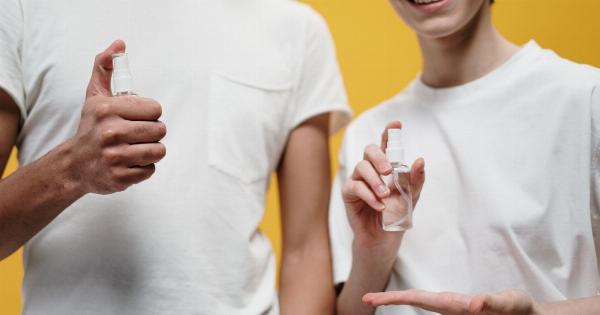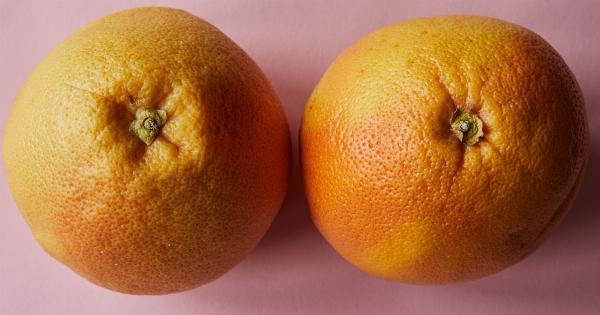Soy, a plant-based protein derived from soybeans, has gained significant popularity in recent years as a nutritious alternative to animal proteins.
However, there has been ongoing debate and confusion regarding the potential link between soy consumption and breast cancer risk. In this article, we will explore the current scientific evidence to shed light on this topic.
1. Understanding Soy and Its Components
Soybeans are rich in various components including isoflavones, phytoestrogens, and genistein. These compounds are known to mimic estrogen and can bind to estrogen receptors in the body.
Estrogen is a hormone that plays a crucial role in breast cancer development, which has led to concerns and questions about soy’s potential effects on breast tissue.
2. Historical Perspective on Soy and Breast Cancer
Early research studies suggested that the intake of soy products, particularly in Asian countries where soy is a dietary staple, was associated with reduced breast cancer risk. These findings sparked interest in the potential protective effects of soy.
However, more recent studies have yielded conflicting results, leading to the need for further investigation.
3. Current Scientific Studies and Findings
A number of large-scale studies have been conducted to assess the link between soy consumption and breast cancer risk.
The results from these studies have been mixed, with some suggesting a potential protective effect of soy, while others showing no significant association. It is important to consider study design, population characteristics, and different methods of soy intake assessment, as these factors can contribute to the inconsistencies in the findings.
4. Soy and Breast Cancer Survivors
Another important aspect to consider is the potential impact of soy consumption on breast cancer survivors.
Research in this area is ongoing, but current evidence suggests that moderate soy consumption is safe for breast cancer survivors and may even have potential benefits, such as reducing the risk of cancer recurrence and improving overall survival rates.
5. The Role of Genetic Factors
Genetic factors may also play a role in determining how an individual responds to soy consumption.
Some studies have suggested that certain genetic variations, such as single nucleotide polymorphisms (SNPs), may influence the interaction between soy isoflavones and estrogen receptors, leading to different outcomes in terms of breast cancer risk.
6. Moderation and Individual Variances
As with any food or dietary component, moderation is key. Consuming moderate amounts of soy as part of a balanced diet is unlikely to increase breast cancer risk.
However, individual variations in metabolism and hormonal balance may influence how the body responds to soy, highlighting the importance of personalized nutrition recommendations.
7. Potential Benefits of Soy
Aside from the breast cancer risk debate, soy consumption has been associated with various health benefits. Soy is a good source of plant-based protein, low in saturated fat, and contains essential nutrients such as fiber, vitamins, and minerals.
Additionally, soy has been linked to a lower risk of heart disease and improved bone health.
8. The Importance of Overall Lifestyle
It is essential to consider soy consumption within the broader context of an individual’s overall lifestyle and dietary patterns.
The risk of breast cancer is influenced by various factors, including age, family history, physical activity, alcohol consumption, and body weight. Adopting a well-rounded, healthy lifestyle that includes a balanced diet, regular exercise, and avoiding other known risk factors can be more impactful than solely focusing on soy intake.
9. Recommendations for Soy Consumption
Based on existing evidence, it is reasonable to recommend moderate soy consumption as part of a balanced diet. This typically translates to 1-2 servings of whole soy foods, such as tofu, tempeh, or edamame, per day.
However, it is always advisable to consult with a healthcare professional or registered dietitian, especially for breast cancer survivors or individuals with specific health concerns.
10. Conclusion
The link between soy consumption and breast cancer risk remains a complex and evolving topic. While some earlier studies suggested a potential protective effect, recent research has produced mixed results.
The current scientific evidence suggests that moderate soy consumption is safe for most individuals and may even offer health benefits. However, individual variations, genetic factors, and overall lifestyle should be considered when making dietary choices. As research continues, further understanding of the relationship between soy and breast cancer will emerge.
















